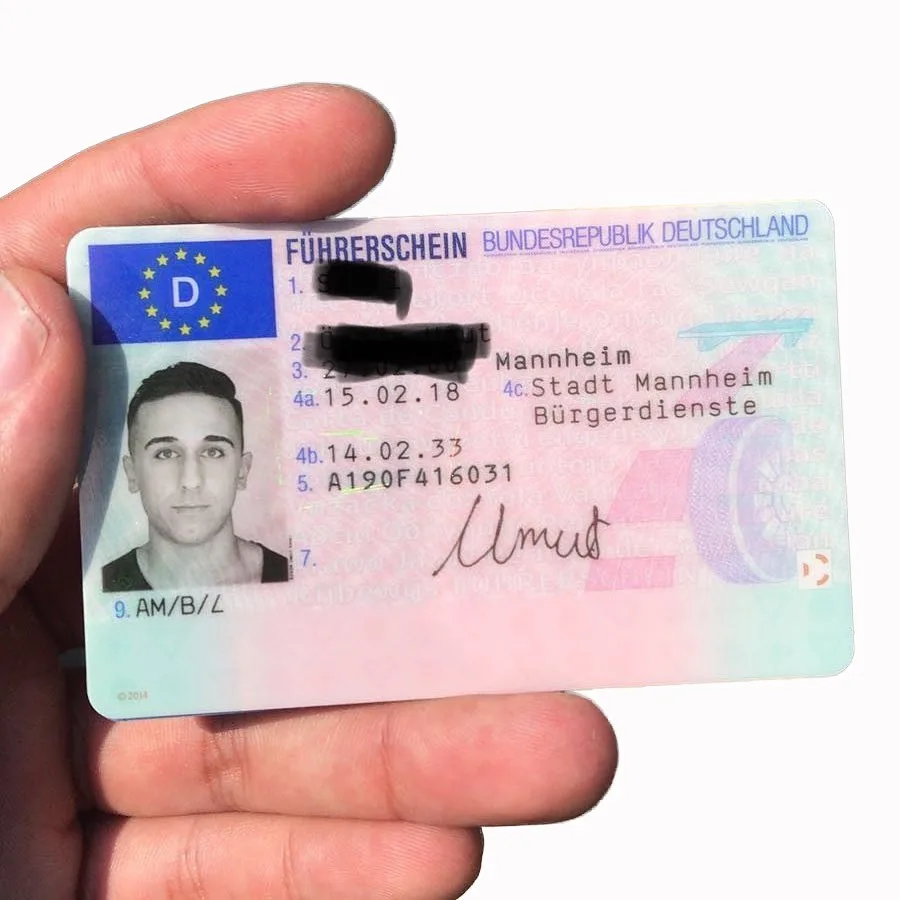20 Tips To Help You Be More Efficient With Learn To Drive Without A Test

Finding out to Drive Without a Test: Checking Out Alternative Courses in Driver Education
In an era where benefit and innovation dominate the landscape of education and skills acquisition, the standard model of finding out to drive-- finishing a rigorous test to make a driver's license-- has actually come under scrutiny. For many, the procedure of getting behind the wheel, studying hard, and passing both a composed and useful driving test can be daunting. Nevertheless, emerging patterns and alternative methods to driver education suggest that there might be methods to find out to drive without feeling the pressure of a formal testing environment.
Comprehending the Traditional Model
Typically, making a driver's license needs potential chauffeurs to go through a series of tests created to assess understanding and practical skills. These consist of:
Written Test: This assesses understanding of the rules of the roadway, traffic signals, and safe driving practices.
Practical Driving Test: Applicants must demonstrate their capability to operate a vehicle safely and in accordance with traffic laws.
While this model ensures that all drivers fulfill a minimum requirement of competence, it can be a source of stress for lots of learners. The fear of failure, combined with the logistics and expense related to testing, can prevent individuals from obtaining their license altogether.
Alternative Methods of Learning to Drive
Driving School Innovations: Many driving schools have started to offer more tailored education programs that allow trainees to find out at their own speed. These programs frequently include individually guideline with certified driving instructors who concentrate on structure confidence instead of pushing students to pass a test. Some contemporary driving schools even incorporate online modules where students can study the guidelines of the road in a more unwinded setting before stepping into the car.
Simulated Driving Experiences: Advances in innovation have resulted in the creation of advanced driving simulators. These can supply important experience without the threat of mishaps. Learners can practice their skills in different weather, traffic circumstances, and driving scenarios that they might not come across in typical driving classes. This hands-on approach to knowing can enhance a trainee's proficiency and confidence behind the wheel.

Peer-to-Peer Learning: Informal driving practice with buddies or relative can also work as a practical option to standard techniques. While this approach does not entirely get rid of the requirement for official testing, it permits individuals to gain comfort and experience behind the wheel without the anxiety of a main assessment. Friend or family can supply guidance and feedback, making the learning process less challenging and more supportive.
Flexible State Regulations: Some areas are starting to reevaluate their compulsory testing policies, specifically for particular demographics, such as veterans or people with specials needs. Führerschein reflect a growing acknowledgment that life experiences and driving habits might not always align with standard testing standards. Advocacy for a more holistic method to evaluating driving skills is ending up being a topic of conversation in lots of legislative circles.
Private Certifications: In specific places, people may explore choices that focus more on mentorship and more secure driving habits rather than traditional tests. Accreditation through neighborhood programs or acknowledged organizations that back experiential learning might encourage safe driving while bypassing the standard testing route.
The Benefits and Drawbacks
While finding out to drive without a formal test offers numerous prospective benefits-- such as reducing stress, cultivating a more inclusive environment for students, and concentrating on competence over testing anxiety-- it also raises concerns. Critics argue that eliminating official assessments might cause inconsistencies in driver preparedness, potentially jeopardizing roadway safety.
Additionally, conventional testing serves not just as an examination of skills, however as a standardized standard that makes sure all motorists have the necessary understanding to browse the roadways securely.
Conclusion
The landscape of driver education is evolving. As alternative techniques of discovering to drive gain traction, striking a balance in between versatility and safety is paramount. While it is clear that there are opportunities for discovering to drive without the pressure of an official test, guaranteeing that all drivers maintain a high requirement of safety should stay a concern. In the future, we may see more tailored techniques to driver education that accommodate various learning styles, eventually leading to safer, more confident chauffeurs on our roads.
